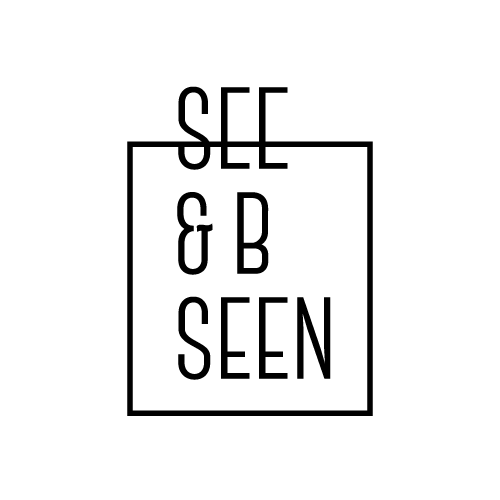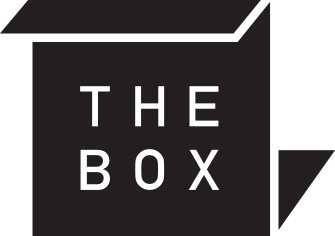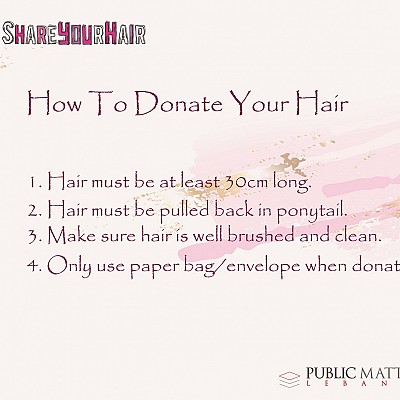It's possible that you were unintentionally charged for junk insurance if you've ever taken out a loan, credit card, or auto financing. Over time, these needless regulations—which are frequently implemented without explicit consent—can cost borrowers thousands of dollars. Financial regulators have taken action against banks and insurers involved in these dishonest activities, and many consumers are now learning that they are entitled to a refund. To make sure you get what you're due, it's essential to comprehend the procedure for getting your money back. You can use this guide to find junk insurance, determine your eligibility, submit a claim, and get the most out of your reimbursement.
Why Is Junk Insurance Important and What Is It?
Add-on policies that offer customers little to no actual benefit are referred to as junk insurance. Under pretenses, lenders frequently combine these with credit cards or loans, causing borrowers to believe they are required. Extended warranties, guaranteed asset protection (GAP), and consumer credit insurance (CCI) are typical examples. Many of these insurance provide needless duplication of preexisting safeguards, high prices, or limited coverage. When regulatory agencies looked into the banking industry and discovered widespread mis-selling of these plans, the problem attracted a lot of attention. Check to see whether you have ever paid for junk insurance without realizing it or if you have ever had a loan or credit arrangement.
How to Determine Whether You Qualify for a Refund
Make sure you haven't been charged for junk insurance before beginning the claims procedure. Start by checking your previous credit card or loan records for any unusual charges referred to as coverage, protection programs, or insurance. Additionally, you can ask your bank or lender for a breakdown of expenses. Compare any dubious policies you come across with data on often missold insurance goods. If someone believes they have been wrongfully charged, they should also confirm if the policy was added under false pretenses or without their express approval. You have good reason to request a refund in these situations. Getting financial or legal counsel could help you understand your eligibility even further.
Optimizing Your Refund and Preventing Further Fees
Once your refund has been obtained, it's critical to avoid junk insurance in the future. Prior to signing, always carefully read loan documents and inquire about any extra fees listed as optional insurance. If you are unclear about any fees, get expert counsel or do your own investigation. With increasing awareness about junk insurance, services like Get My Refund have emerged, offering help to people who want to get their money back. Although using third-party services can be helpful, managing the procedure on your own guarantees that you will receive your entire return. You may guard against future needless fees and deceptive sales methods by remaining up to date on consumer rights and financial legislation.
What to anticipate when filing a claim
The next step is to submit a claim for reimbursement after you have verified that you have paid for junk insurance. The first step is to get in touch with the company who sold you the policy and ask for a reimbursement. Due to intense inspection, numerous banks and insurers have specific claims procedures for junk insurance reimbursements. Include pertinent papers with your request, such as bank statements, policy agreements, and evidence of payments. You can take the issue to a consumer protection organization or the financial ombudsman if the lender won't return your money. Certain firms focus on managing refund claims and assisting customers in getting their money back with the least amount of difficulty. To prevent needless costs, make sure the claims specialist you choose to engage with operates on a no-win, no-fee basis.
Junk Insurance Refunds' Effect on Customers
Consumer budgets and corporate responsibility have been significantly impacted by the growing campaign to recover junk insurance refunds. Receiving a refund can help many people recoup thousands of dollars they may have unintentionally paid over time. You can utilize this money to increase your financial stability, save money, or pay off debt. Larger-scale pressure to implement more open processes by banks and lenders as a result of the junk insurance crackdown has decreased the possibility of future problems of this kind. Financial institutions are being held more responsible as more customers take action, which results in more equitable lending practices and more robust consumer protection legislation.
It takes work to get your money back from junk insurance, but with the correct strategy, it is totally achievable. Start by looking through your financial records for any dubious insurance plans, confirming your eligibility, and formally submitting a claim to your lender. Seek expert help or raise the matter through regulatory procedures if you run across opposition. In addition to helping you recover lost money, being proactive protects you from future disasters of this kind. Now is the time to take charge of your finances and get any refunds you're entitled to because of the rise in consumer awareness and the legal action taken against dishonest insurance practices.






































